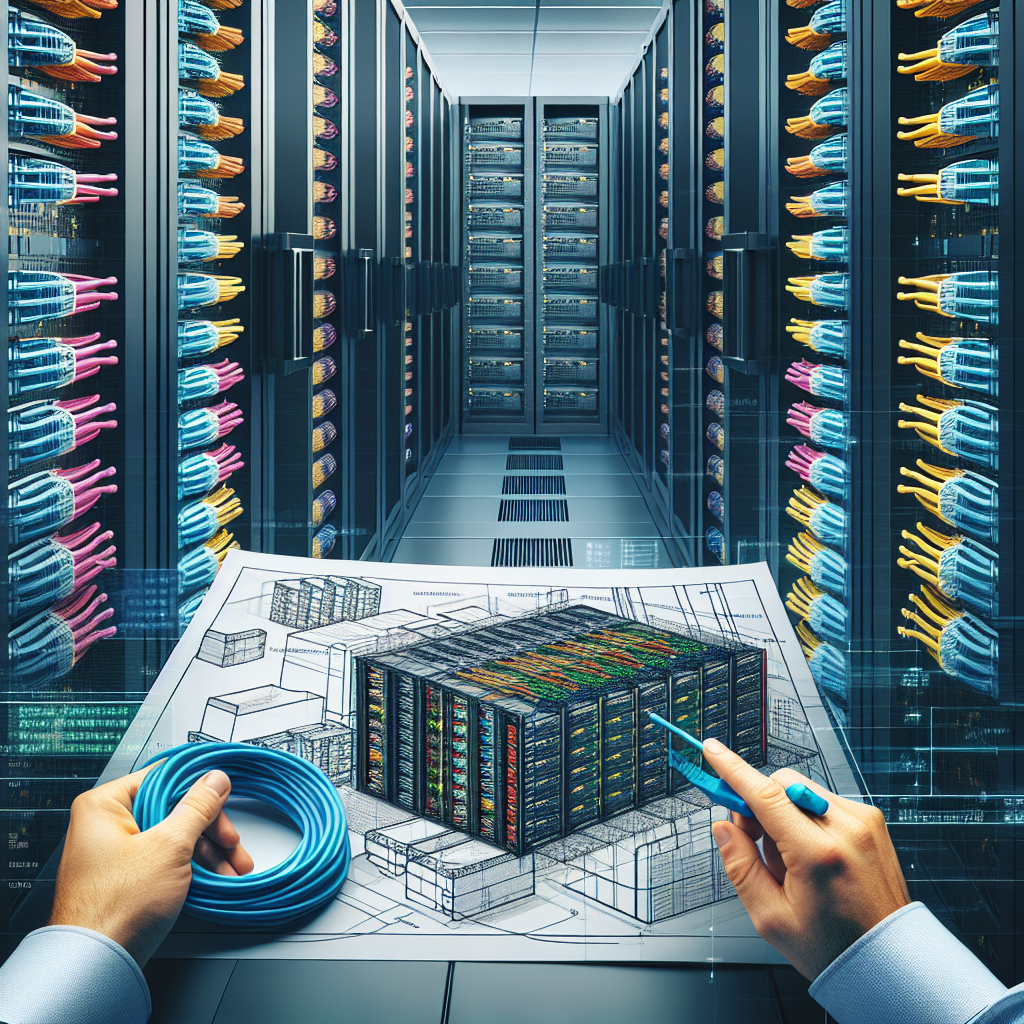Your cart is currently empty!
Overcoming Common Challenges in Data Center Cabling: Solutions and Tips

Data centers are the backbone of modern businesses, serving as the hub for all of their critical data and applications. However, one of the most common challenges faced by data center managers is ensuring efficient and effective cabling infrastructure. Poor cabling can lead to downtime, slow performance, and increased costs, making it crucial to address these challenges head-on.
One of the most common challenges in data center cabling is cable congestion. As data centers grow and expand, more and more cables are added to the infrastructure, leading to a tangled mess of cords that can be difficult to manage. This can not only make it difficult to troubleshoot issues, but it can also lead to airflow restrictions and increased risk of cable damage.
To overcome cable congestion, data center managers can implement cable management solutions such as cable trays, racks, and labels. By organizing and labeling cables, it becomes easier to trace and replace them when needed. Additionally, using shorter cables and planning cable runs effectively can help reduce congestion and improve airflow within the data center.
Another common challenge in data center cabling is cable length. Data centers are often sprawling facilities with cables running long distances between equipment. Using cables that are too long can lead to excess slack, which can create a tripping hazard and inhibit airflow. On the other hand, using cables that are too short can lead to tension and strain on the connectors, increasing the risk of cable damage.
To overcome cable length challenges, data center managers should carefully measure and plan their cable runs to ensure that they are using the appropriate length cables for each connection. Additionally, using cable management solutions such as cable trays and racks can help keep cables organized and prevent excess slack.
Another common challenge in data center cabling is cable management. With so many cables running through a data center, keeping track of them all can be a daunting task. Without proper cable management, it can be difficult to identify and troubleshoot issues, leading to downtime and decreased productivity.
To overcome cable management challenges, data center managers should implement a comprehensive cable management system that includes labeling, documentation, and regular maintenance. Labeling cables with clear, easy-to-read tags can help identify them quickly and accurately. Additionally, documenting cable runs and connections can help troubleshoot issues more efficiently. Regularly inspecting and organizing cables can also help prevent future problems and ensure optimal performance.
In conclusion, data center cabling is a critical component of a well-functioning data center. By addressing common challenges such as cable congestion, length, and management, data center managers can improve efficiency, reduce downtime, and lower costs. Implementing cable management solutions and best practices can help overcome these challenges and ensure a smooth and reliable cabling infrastructure for years to come.

Leave a Reply